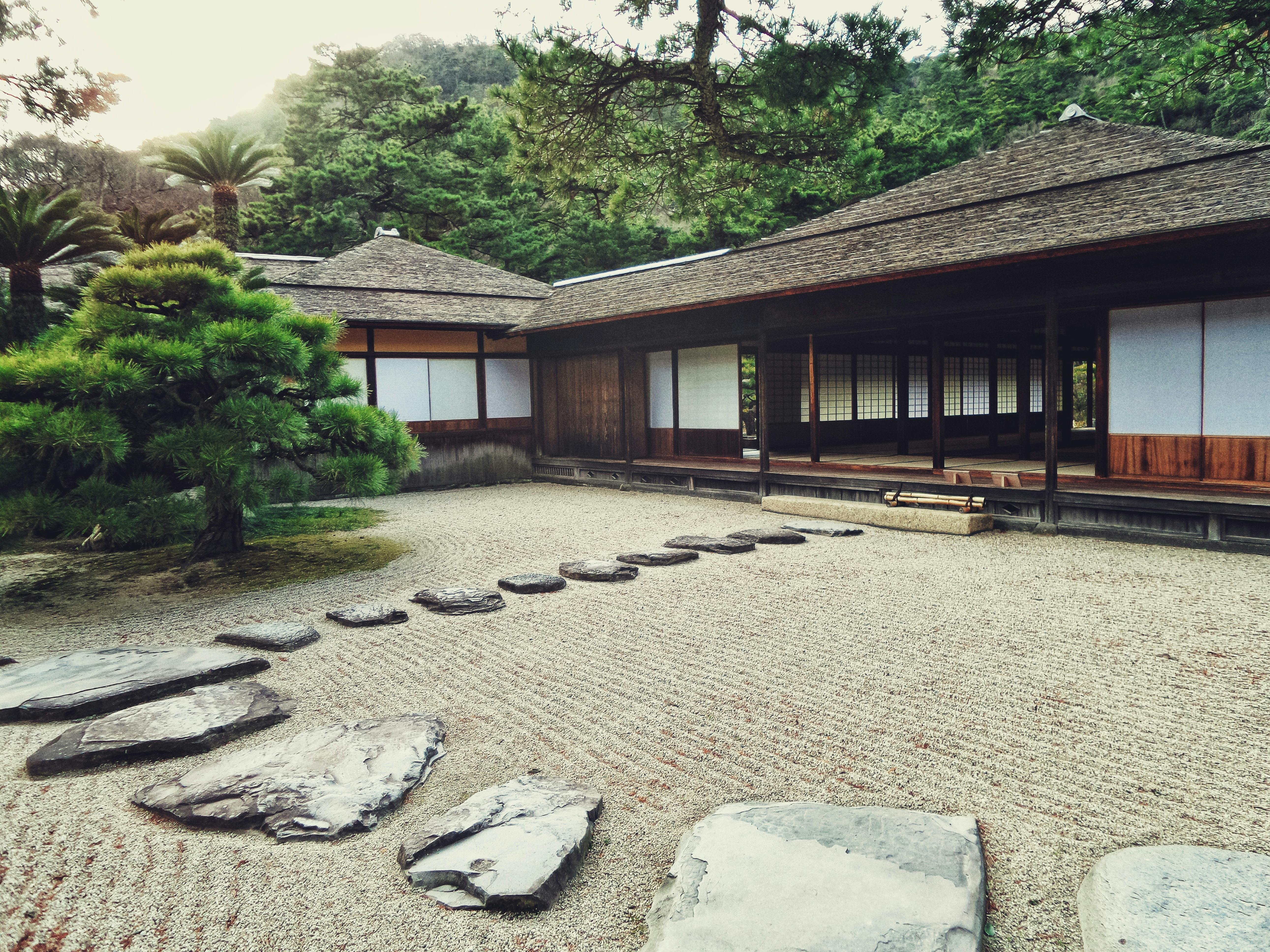Are you tired of facing the same old cultural obstacles to innovation in your organization? Wouldn’t it be nice to see through them the light from the other side?
If you’re craving that kind of relief, you’ll appreciate it. restructuring organizations, a great book by Bolman and Deal that I recently used to teach an Organizational Behavior course at Portland State University. From a comprehensive review of organizational behavior studies and theories, these individuals have discovered four themes, or frameworks, from which organizational behaviors and challenges can be better understood. Each framework provides a different perspective, and each leads to different insights into potential causes and opportunities.
The four frames are:
- Structural – Organization as factory
- Political – Organization like jungle
- Human Resources – Family organization
- symbolic – Organization as theater
There is a whole book full of wisdom that goes with the frameworks. But you can see from just this little tidbit that applying metaphors to what’s going on in your team, department, or company makes you think in new ways.
Your organization’s prevailing culture likely supports thinking and acting from a single framework, and that’s the box you’re in. The most effective leaders work their way out of the box by being able to invoke whichever of the four frameworks provides the best understanding and influencing strategies for the situation at hand. That kind of balance is rare in organizations, but it can be developed.
The Bolman and Deal frameworks do not have an implicit sequence, but resonate with the four sequential activities that make up the framework. reciprocal model, a creative process model that I use in my leadership development work. The sequence adds value because it shows the way out of the box. Here are the four creative process activities, in order, that go with the Bolman and Deal frameworks:
- Structural framework – challenge activity (develops quality)
- Political framework – Produce activity (develops ability)
- Human Resources Framework – Appreciate activity (develops commitment)
- symbolic framework – Explore activity (develops curiosity)
If you can identify what your organization’s current default framework is, then the path to a more adaptive culture can begin by using the next framework in the sequence to inform your analysis and guide your planning. And you can start down that path by engaging in the creative process activity associated with the chart below.
So, for example, if you determine that your organization defaults to the Symbolic framework (organization as theater), then the output would be the Structural framework (organization as factory) and the activity to perform would be the Challenge activity (keeping potential options in high or tall). to voting with the aim of choosing one to execute).
Many organizations eventually realize that the default framework they are working within is no longer useful. Unfortunately, their focus at that point is usually to retool into a different default framework and stay there until it stops working for them. So every few years there is a restructuring that uses a lot of energy from the organization and loses a lot of valuable organizational memory. With that strategy, the underlying problem, the lack of balance, is never addressed.
I don’t think that’s the best use of an organization’s resources. It would be more effective for an organization to develop the ability to run all four frameworks more fluently as each situation requires. The Creative Process offers a practical guide to doing just that. I encourage you to consult the white paper to get an idea of how it might apply to your work situation. And then of course I encourage you to give it a try. If you do, let me know how it goes.




